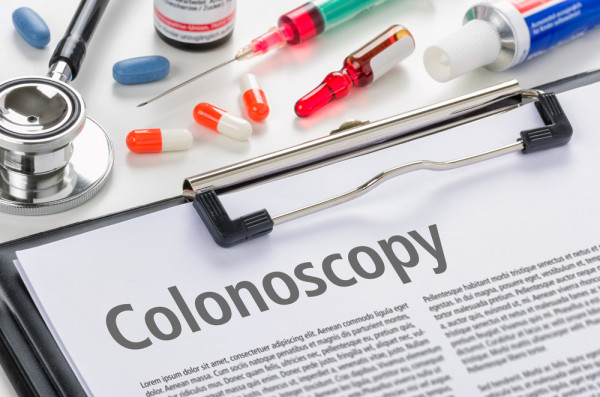Colon Polyps and What to Do About Them
The division of cells in your body is a natural and constant process. As your cells die, your body races to replace them. However, sometimes your body continues to create cells in places where new cells aren’t yet needed. As the cells build up, they will become abnormal growths. It is under these circumstances that colon polyps–clusters of cells in the lining of colon–form.
Types of polyps
There are three types of polyps that are mostly likely to be found in your colon, and they can indicate different things about your health.
- Adenomatous polyps are the most common polyps to be found in the lining of the colon. They are also the most likely to be malignant, but the chances of that happening are small.
- Serrated polyps can have different significance depending on their shape and location. Larger, flat polyps located in the upper colon, which are harder for doctors to find, are precancerous. However, serrated polyps found in the lower colon are rarely malignant.
- Inflammatory polyps are the result of ulcerative colitis or Crohn’s disease and are not malignant, but the diseases that cause these polyps can cause cancer.
Risk Factors
Risk factors are traits that can make a certain person more likely to develop colon polyps. In general, adults are more likely to develop polyps if they are 50 years old, or older. It has been found that if a member of your immediate family has colon polyps, your chances of developing polyps will significantly increase. Those who make unhealthy choices such as excessive drinking, smoking, or eating excessive amounts of red meat will also be more likely to have polyps.
Symptoms
As colon polyps are not something you can see externally, you should be on the lookout for the symptoms. Abdominal pain, nausea, and vomiting are all common symptoms of colon polyps, but as they are symptoms of many other issues, they may be indicative of something else. This isn’t to say you should ignore them. If colon polyps bleed slowly over time, the bleeding can cause your iron levels to become low, which leads to anemia. Rectal bleeding is another symptom of the polyps, but it can also be the result of a tear in tissue. A change in bowel habits such as constipation or diarrhea is another symptom, so as common as it can be, it should not be ignored.
Appointment Prep
You don’t want to find out that you have colon polyps from the symptoms. If the polyps are discovered and removed early enough, there will be no symptoms at all. However, if you do have symptoms make sure that you’ve identified them so that when you meet with a doctor, you can give them as much information as possible. You should also write down any question you have beforehand so that you don’t forget when it comes time to ask your doctor.
Further Action
If your doctor believes that you may have colon polyps, they’ll want to screen you for them. This could come on the form of a colonoscopy, but others procedures are also available depending on what your doctor sees fit. For example, adenomatous polyps can be found with a sigmoidoscopy, but all other types require a colonoscopy or something else similar. Polyps should be removed as soon as possible to prevent them from becoming cancerous.
You’re better off safe than sorry. Polyps can exist in the lining of your colon for a decade before coming cancerous, but that doesn’t mean you should leave them there until it is too late. A recommended screening can save your life, so you should put it off. We of Surgical Specialist of Long Island will be happy to answer any of your questions and help you make an appointment. Visit our website today to learn more.
